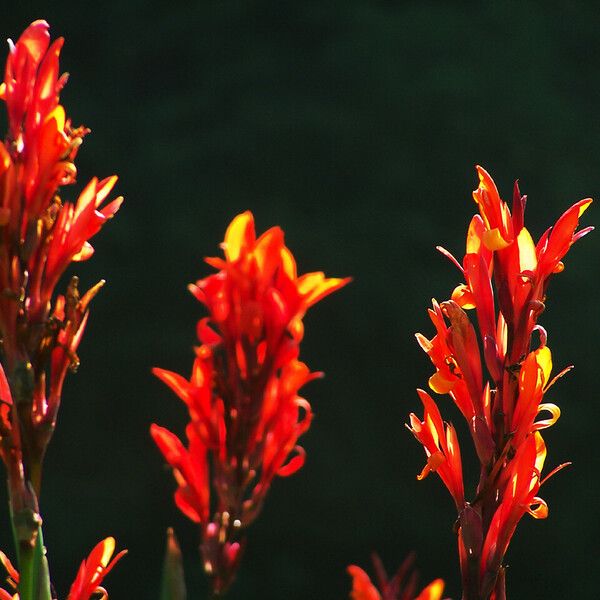观察
决定
提议的决定
建议另一项决定
您不认可建议的物种,但没有其他建议
评论
更多数据
创建日期
2022年2月10日
最后修订
2023年10月9日
Łódź, Górna
It is native to South and Central America including the Caribbean.
Ornamental plant!
Edible plant - roots sometimes eaten raw, but usually consumed after being cooked in various ways; the very young tubers are eaten cooked, they are sweet but fibrous; in Peru they are baked for up to 12 hours, after which time they become a white, translucent, fibrous and somewhat mucilaginous mass with a sweetish taste; alternatively, the roots can be peeled, dried and then ground into a flour which consists of more than 90% starch and about 10% sugar (glucose and sucrose) and is highly soluble and easily digestible; young shoots are cooked and eaten as a green vegetable; the leaves are used for wrapping other foods; seeds are very hard and not edible!
Herbal plant - the plant is used in the treatment of women's complaints; roots are diaphoretic and diuretic, they are used in the treatment of fevers, a decoction of the roots, combined with fermented rice, is used in the treatment of gonorrhoea and amenorrhoea; an infusion of the rhizome is said to be febrifuge and stimulant , whilst a decoction is said to be diaphoretic and diuretic, the rhizome is also made into an emollient cataplasm; eaves are diuretic and emollient, the leaves and the powdered seeds are mixed and used to treat dermatoses.
Useful plant - a purple dye is obtained from the seeds but is not very persistent.



